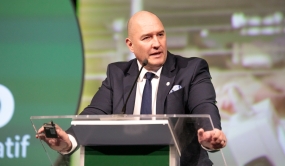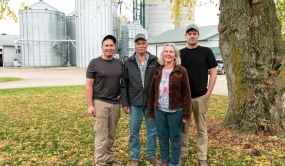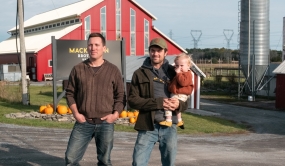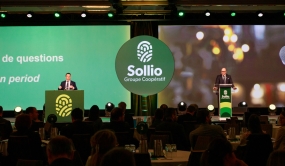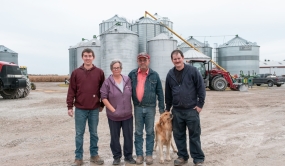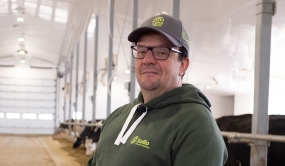Forages that pay
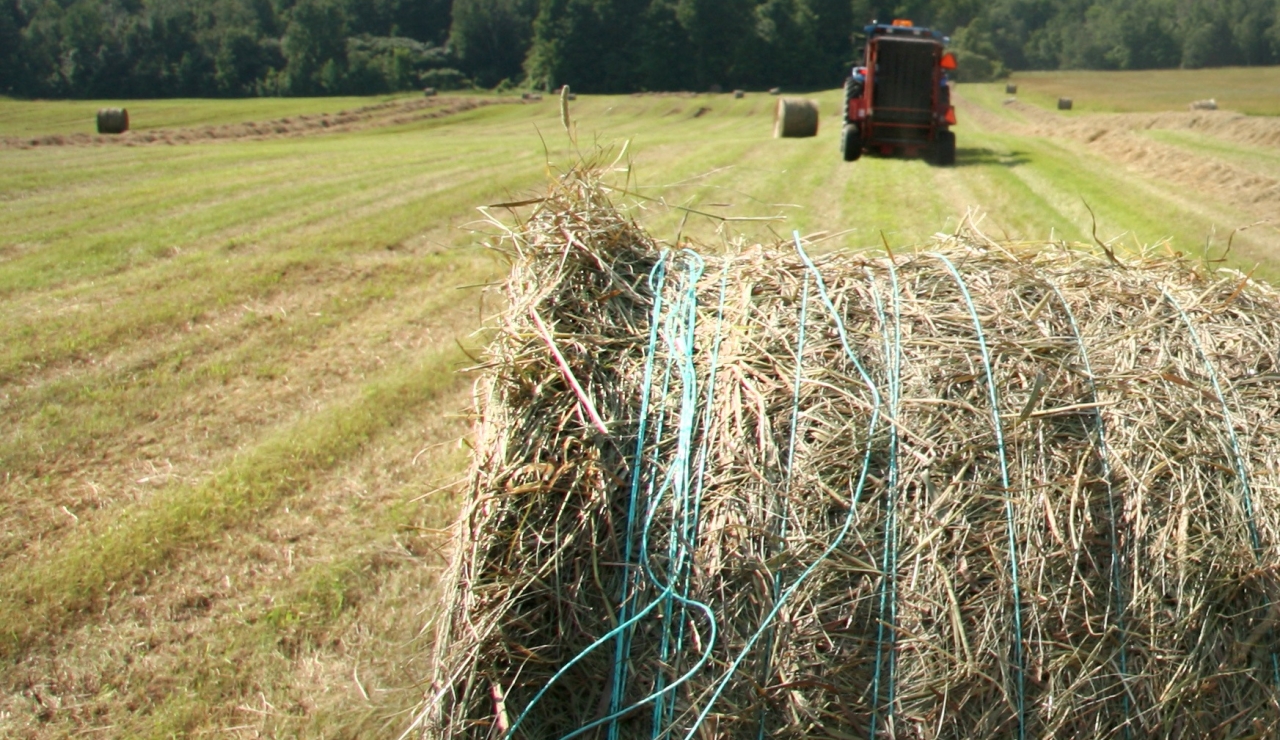
With unreliable weather, the price of farmland, the cost of labour, the climbing price of inputs,... how do we get started on producing forages that pay?
Know your cost of production
Calculating the cost of production for forages is one of the most complicated things to unravel from amongst the operation’s total costs, which often leads to using an average value of $200/MT of dry matter.
However, in real life, production costs vary enormously from one farm to the next.
To more easily calculate the cost of production for forages, La Coop network has developed a tool for producers to use: Agriscan. This tool will provide you with a better portrait to make more informed decisions.
For 2014, the costs of production for forages varied between $240/MT and $260/MT of dry matter. Very few producers achieved the target of $200/MT.
A large part of the expense in forage production is the fixed costs (land and machinery) which are difficult to change in the short-run. So what can be done?
The pay off is in details
The first element to consider is fertilizing to maximize yields in the field. Fertilization costs vary greatly from one farm to another. Those who are the most successful at lowering their cost of production per tonne understand that by increasing the yield per hectare, fixed costs can be amortized over larger quantities of produce. As a consequence, the reduction in the cost of production per tonne is much greater than the increase in the cost of fertilizer.
The second element is forage preservation. It’s not so much the quantity and quality harvested that is important, but more so the quantity and quality that is consumed by the animals, which can cause significant losses. It is not unusual to see forage preservation problems that spoil the good work done in the field. Need some help? Silage preservatives will give you a leg up, which may change your situation.
Thirdly, since a large part of the cost of production for forages is made up of fixed costs (land and machinery), these costs should be spread over as many tonnes as possible. All the things that will help increase yield, such as the choice of seeds and rotations, will contribute to lowering your overall cost of production.
And for dairy cows, beef cattle, sheep…
To convert expenses into revenues, you need to invest in forage quality in order to reduce the cost of the ration. Making good quality forage may cost you more, but the gains will be even larger. For example, making hay with 16% instead of just 14% protein is equivalent to $45/MT of protein contributed to the ration. Add on the effect of increased voluntary dry matter consumption and the net energy drawn from the forage, all of which is converted into revenue, the additional contribution makes quality forages even more valuable.



